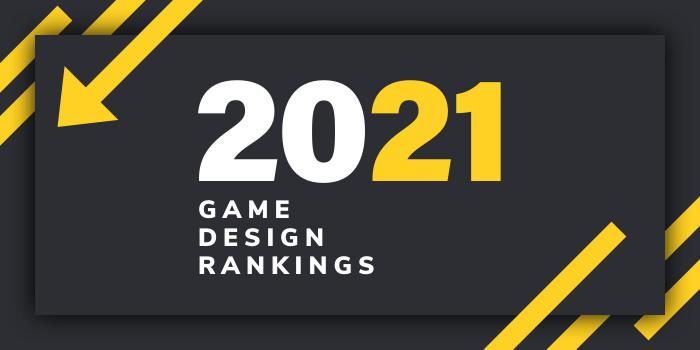Established in 1861, the University of Washington (UW) serves more than 54,000 students annually across three campuses in Seattle, Tacoma, and Bothell. The school’s 18 colleges and schools offer more than 570 degree options across 300+ programs, with more than 1,800 undergraduate courses alone each quarter.
Serving more than 1,500 undergraduates, the Paul G. Allen School Computer Science & Engineering (CSE) offers a Computer Science Program that allows students to tailor their course of study to their specific interests. The program is also highly interdisciplinary and collaborative, and it allows students to get hands-on experience building software and hardware and choose advanced courses such as Artificial Intelligence, Computational Biology, Computer Graphics and Animation, Computer Networking, Computer Security and Privacy, Data Science, Human-Computer Interaction, Machine Learning, Natural Language Processing, Robotics, and much more.
Allen School degree options include BS degrees in Computer Science and Computer Engineering, a Combined BS/MS, and a PhD or Professional Master’s Program (PMP) in Computer Science & Engineering (CSE). All programs offer the opportunity to focus in Graphics, Vision, Games, and Animation or add a Certificate in Game Design offered through UW’s Professional & Continuing Education Division.
Students in the BS programs work with faculty and graduate students on research; collaborate with industry partners; tackle complex design and implementation projects in capstone courses; and tailor their degree to meet their interests and goals. Course highlights include Advanced Digital Design, Artificial Intelligence, Computer Animation, Computer Graphics, Data Visualization, and Digital Sound.
Students in all programs have access to three main labs at UW CSE. All are engaged in research spanning the areas of animation, computer game science, graphics, vision, and visualization. Labs include the Graphics and Imaging Lab (GRAIL), the Center for Game Science, and the Animation Research Labs. The GRAIL group is known for “groundbreaking” research in computational photography, says the school, as well as games for science and education, 3-D reconstruction, Internet photo collections, object recognition, human shape and motion analysis, information visualization, and animation.
Researchers at the Center for Game Science use gaming to solve grand challenges, crowdsource human problem-solving to aid scientific discovery, and improve student interest and achievement in mathematics.
The Animation Research Labs is a multi-disciplinary effort that brings together faculty and students from UW CSE, the Department of Architecture, and the Schools of Art, DXARTS, Drama, and Music. The ARL is focused on advancing the state-of-the-art in animation through teaching, research, and computer-animated production in collaboration with experts from Disney Animation Studios, Bungie, Industrial Light & Magic, Microsoft Game Studios, Pixar, and many others.
In addition to the Computer Science and Engineering Programs, University of Washington offers a BFA with a Major in Digital Arts and Experimental Arts (BFA DXARTS) and a PhD in DXARTS. Students in both programs have the opportunity to focus their work in a particular area of experimental arts (computer animation, digital video, digital media art, computer music and sound art, design computing, mechatronics, and so on). Whatever the chosen area, “artists and scholars working at DXARTS engage in teaching, learning, and research within the synergistic, multidisciplinary setting of the center's labs, studios, and classrooms.”
Additional programs include a Certificate in Game Design and nine-week courses including Game Studio Roles & Development and Game Mechanics & Systems Design.






